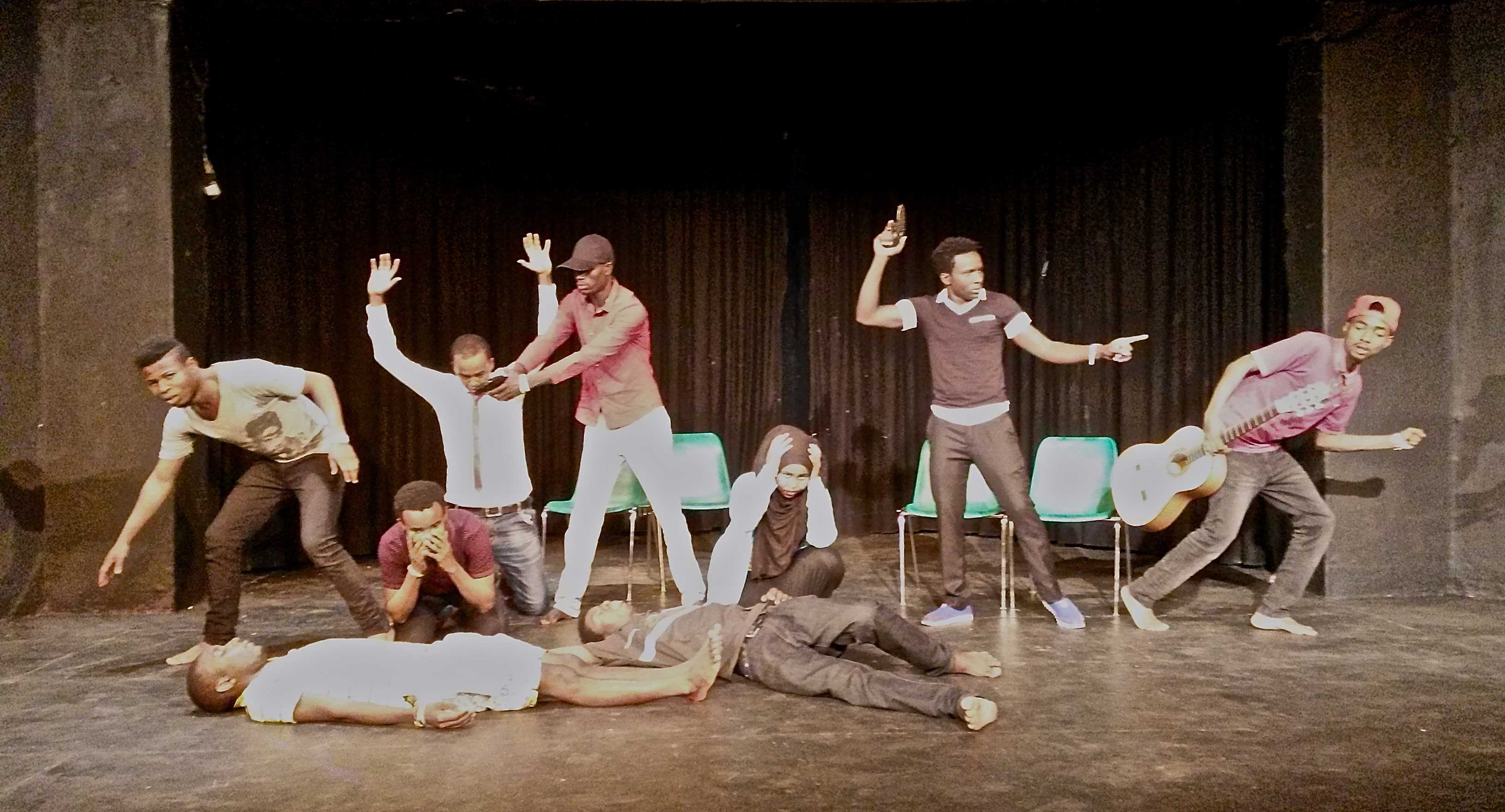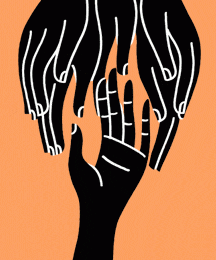“ It is not the place of the theatre to show the correct path, but only to offer the means by which all possible paths may be examined.”
Augusto Boal
Power is in the people. Power is in media. Artistic media surrounds every aspect of our lives under the influence of us – the consumer.
Yet, we feel powerless.
Theatre of the Oppressed is a form of interactive theatre intended to allow civilians to act out social issues to address the political, economic, and social oppression they face head on . It allows people to step out of the role of spectator and play an active role in changing the way individuals deal with exploitation.
This practice takes situations in real life which contain an oppressor and the oppressed – where the mechanism of domination is visible. This allows the audience to identify scenarios where they have felt what is being portrayed on stage. An unique aspect of Theatre of the Oppressed is not only direct audience participation, but also the different possibilities
Actors are all given a chance to experience to feel what it is like to be the dominator and the victim- the purpose of this is to increase full understanding of the reality of many people in society.
Theatre of the Oppressed is perfect for people who feel a sense of hopelessness, passivity, or uselessness when dealing with emotional, physical, or social exploitation for it creates a safe and supportive environment for vulnerability. Instead of having actors perform for them, people are able to genuinely represent how they are dealing or wish to deal with issues they encounter with the drama techniques taught to them by the founder of Theatre of the Oppressed, Augusto Boal.
“The philosophers have only interpreted the world, in various ways; the point is to change it”.
Karl Marx
In late 1950s Brazil, Boal created Theatre of the Oppressed in response to the extreme political climate changing from a communist government to a extremely conservative dictatorship. Censorship caused the individual expression of artists and citizens to become suppressed. Therefore, Augusto Boal developed a method for people to produce theatre for themselves. Its relevance stems from the fact that, historically, culture has been possessed by the richer, higher classes. So, to give theatre to common people expands the importance of the art in their lives and in the lives of those seeking to understand.
~~~
Techniques:
Newspaper Theatre
Common people would just read newspapers in the morning, elaborate and repeat short scenes during the day, and perform in the evening, before the police could even hear about it.
Image Theatre
A series of physical exercises and games designed to uncover essential truths, opinions, and observations about society, culture, self, etc. Using their own and others’ bodies as “clay”, participants create “human sculptures” — frozen images representing their experiences, feelings, ideas, oppressions, and/or dreams for the future.
Forum Theatre
A problem-solving technique in which an unresolved scene of oppression is presented. It is then replayed with the audience invited to stop the action, replace the character they feel is oppressed, struggling, or lacking power, and improvise alternative solutions. This structure, probably the most famous in T.O.’s “arsenal”, can be used to explore past and current situations, or as a “rehearsal for the future”.
Cop-in-the-Head
A technique that explores internalized oppression — the internal voices, societal messages, obstacles, fears, etc., that prevent one from living fully and liberated. Rather than focusing on external oppressors (symbolized by “cops”), these techniques bring to light the “cops” inside one’s head.
Rainbow of Desire
A technique that deconstructs a person’s story of tension in a relationship – employer/employee, parent/child, co-workers, lovers, friends, etc. Using Image Theatre, we then identify and bring to life the various emotions and driving forces — fears, desires, and internal conflicts that may be happening inside one or both characters. The process very quickly goes beyond the individual story into an exploration of the group experience and the “rainbow” of who we are.
Invisible Theatre
Issue oriented scenes performed in public settings (e.g. town square, bus, etc.) to stimulate a dialogue involving the public, without them knowing it has been staged. Traditionally used in contexts where the political climate inhibits organized open dialogue on controversial issues.
Legislative Theatre
An approach, developed by Boal when he was elected Vereador (Councilman) in Rio, to propose laws by using the above techniques to collect opinions directly from the people.
~~~
Overall, Theatre of the Oppressed is not a popular form of theatre in the mainstream. However, it remains a vital institution for companies and individuals to share their vices and voices. Dedicated to social justice, Theatre of the Oppressed has proven that performing arts is not only a luxury, or frivolous representation of life – but a serious practice used to influence society and challenge repressing political, economical, and social conventions.
Bio:
Coudray, Sophie. “The Theatre of the Oppressed.” Culture Matters, 28 Jan. 2017, www.culturematters.org.uk/index.php/arts/theatre/item/2455-the-theatre-of-the-oppressed.
“Theatre of the Oppressed.” The Mandala Center for Change, www.mandalaforchange.com/site/applied-theatre/theatre-of-the-oppressed/.
“TOPLAB: Theatre of the Oppressed Laboratory.” TOPLAB: Theatre of the Oppressed Laboratory, http://old.toplab.org/.





